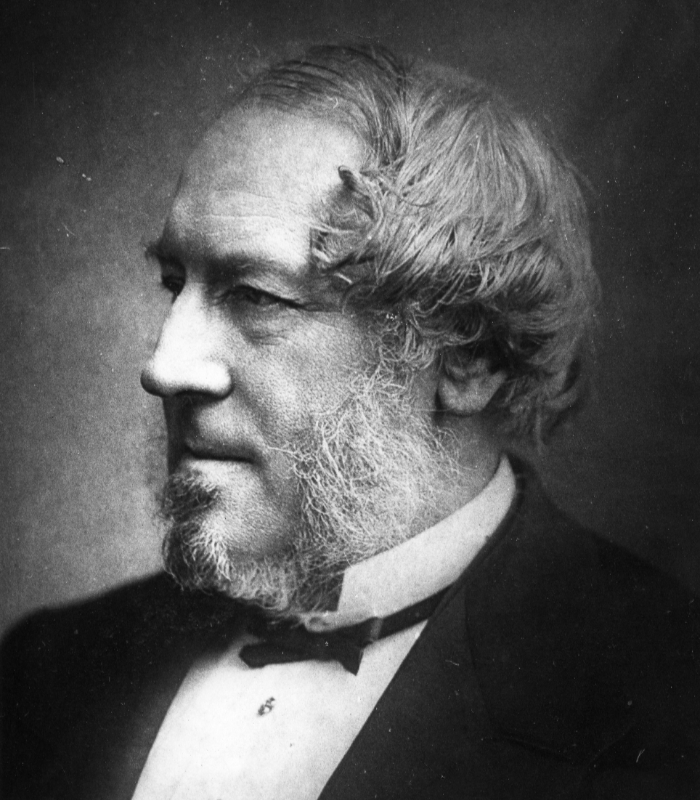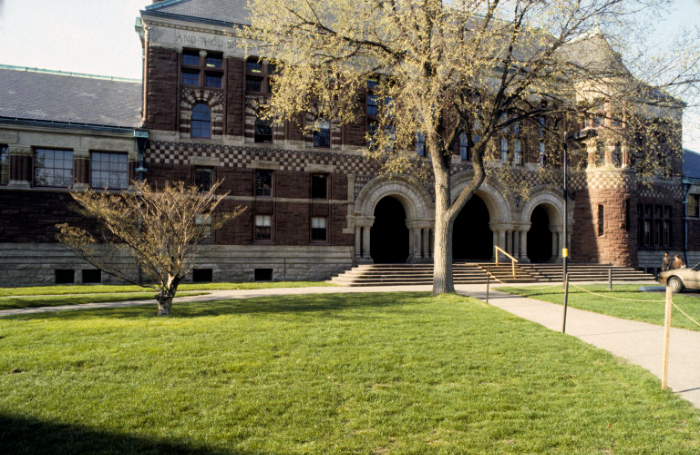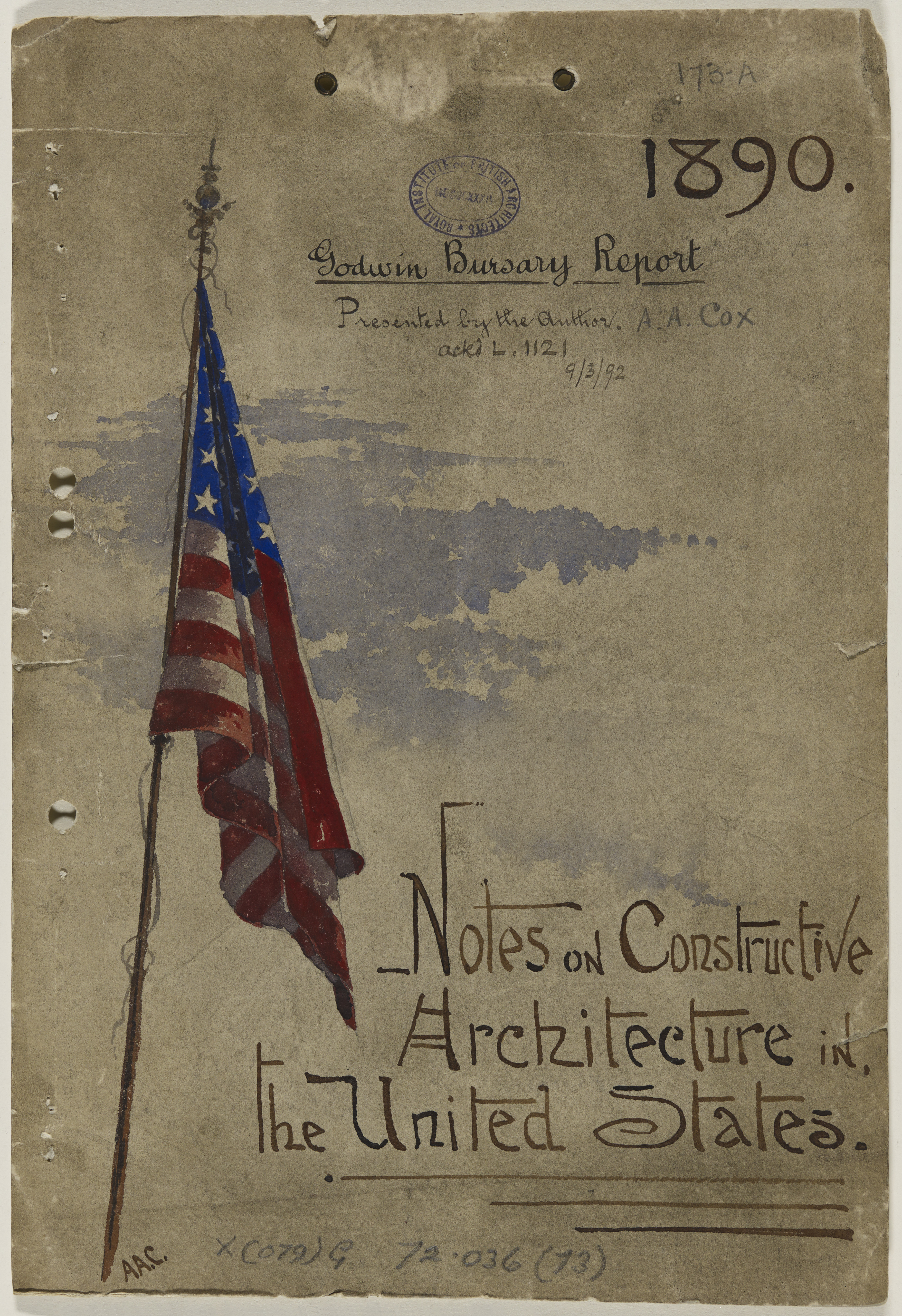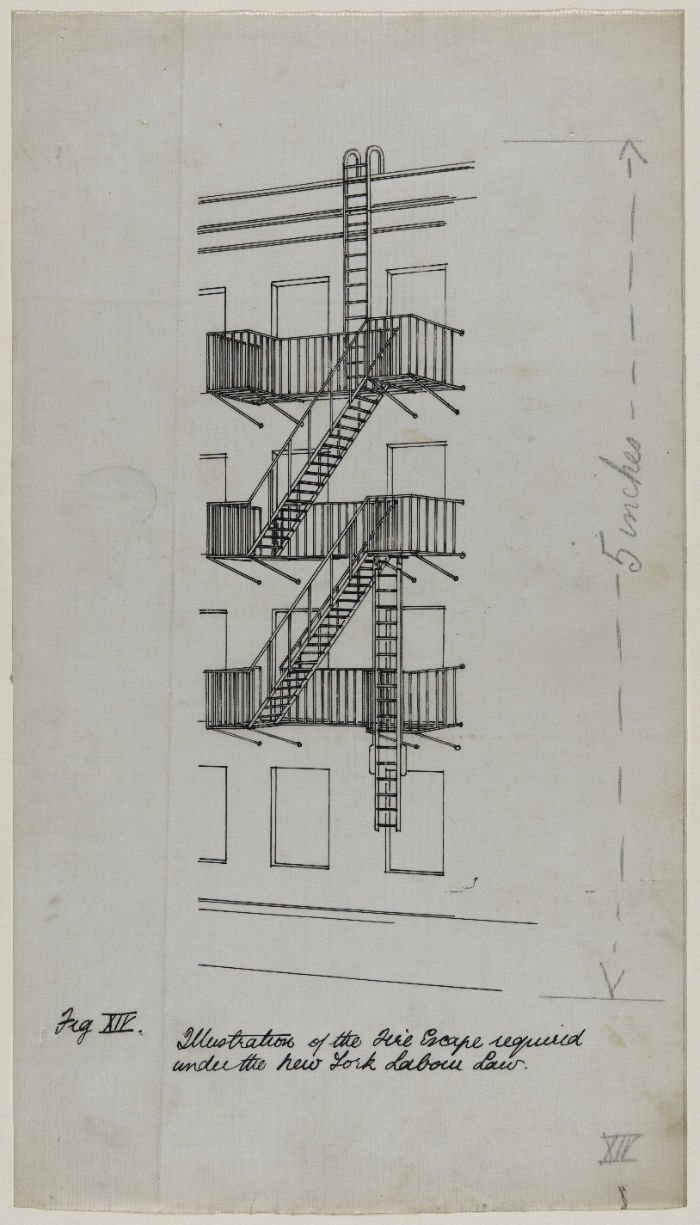The history of the RIBA President's Medals: Travel scholarships in North America
In a series of blog articles surfacing surprising stories from the archives of the President's Medals, part of the RIBA Collections, historian Matthew Wells traces young architects' travels through North America.
In 1881, George Godwin, winner of the first RIBA President’s Medal in 1835 for an essay on concrete, established a scholarship to enable young architects to study contemporary construction techniques around the world. Applicants would propose a project and, if selected, the Godwin Bursary provided financial support to spend at least five weeks overseas, compiling a report that would be submitted to RIBA on the student's return.
Although France and the German Empire were popular destinations, most winners travelled to North America to see first-hand the impact of major changes in transportation, manufacturing, and communications on architecture and urbanism.

In 1885 John Bradshaw Gass, a Bolton-based architect, visited New York, Boston, Chicago, and Buffalo, as well as Ottawa and Montréal. With a focus on fire-prevention techniques, Gass concentrated on cotton mills, factories, and office buildings across the east coast of the United States and Canada. Studying new developments in sanitation, heating, and ventilation, Gass described the incredible "progress of American architecture within the last 10 years". In particular, Gass was interested in the adaption of the Romanesque Revival style to the technological demands of modern architecture. Gass saw proof of this in visits to a large number Henry Hobson Richardson’s buildings including Austin Hall at Harvard (1881) and the Marshall Field Wholesale Store in Chicago (1887).

Five years later, Alfred Arthur Cox spent 123 days in the United States, also visiting many of the same east coast cities as Gass. Drawn to significant buildings in major cities, Cox’s study was framed by the study of contemporary methods of ventilation, electrical lighting, and heating. Uniquely, Cox interviewed many of the experts who helped design them including architects, sanitation specialists, and civil engineers.
In his extensive report, Cox made drawings of particular structural details and the layout of functional spaces like commercial kitchens. In a charming series of plans, he recorded every floor of the newly opened Manhattan Athletic Club from the bowling alley and swimming pool in the basement to the running track on the roof.

However, high-rise architecture created risks for architects to contend with. Another student, Charles Daubney, visited the United States in 1901 to examine fire safety in modern buildings. Daubney’s report to RIBA offered a series of conclusions for English architects through his study of urban zoning, massing, combustible materials, and the means of escape (stairs and ladders) on the east coast.
These findings represent useful advice for students today. Daubney's proposals included that:
- all unsafe buildings should be repaired or demolished
- fire-resistant materials should be used at all times for the structure and fabric of buildings
- the heights of buildings need to be limited and ductwork should be fire protected with insulation to stop vertical transfer through a building
Most crucially, Daubney argued that the location of staircases should be carefully planned with a minimum width. Daubney recommended 1060mm in width, only slightly narrower than today’s requirements for high-rise buildings.

Other architects went to North America to visit major cultural events. In 1893 the Godwin Bursary was awarded to Banister Flight Fletcher to make a study of the Columbian Exposition in Chicago. Although not the first world’s fair to be held in the United States, the 1893 Columbian Exposition was not only a commercial success, but marked a significant moment for architecture with monumental buildings designed by John Wellborn Root and Daniel Burnham amongst others in a 630-acre landscape laid out by Frederick Law Olmsted. In comparison, the British pavilion in 1893 was a half-timber Elizabeth folly, ‘Victoria House’.
In particular, Fletcher was disappointed by the construction of the exposition’s buildings. Behind the Neo-Classical plaster façade of each pavilion was in fact a timber structure far less advanced than the developments in iron and terracotta construction displayed at previous world expositions.
Fletcher would, in turn, go on to further explore these technologies and their historical development in his Silver Medal-winning essay, ‘The Influence of Material on Architecture’, which was subsequently published in the architectural press and then as a short book with illustrations. However, notably, this ‘White City’ of plaster façades at the exposition presented a particular image of the United States. Through grandiose façades and displays, white American visitors to the exposition linked their distinct racial identity to their country’s territorial, economic, and technological expansion.
This article is part of a project, generously funded by Footwork Trust, to catalogue, research, and interpret the RIBA President's Medals archive and make this valuable wealth of material available to everyone. To view material in the President's Medals archive, please contact drawingsandarchives@riba.org.
Further reading (available in the RIBA Library unless marked *):
- Beck, David, 'Unfair Labor? American Indians and the 1893 World’s Columbian Exposition in Chicago' (Lincoln: University of Nebraska Press, 2019)*
- Banister Flight Fletcher, ‘The Chicago Exhibition – A General View’, Builder 65 (1 July 1893), 1–4.
- Banister Flight Fletcher, 'The Influence of Material on Architecture' (London: Batsford, 1897)
- Gass, John Bradshaw, ‘Some American methods’, RIBA Transactions, 2nd series, 2 (1885–86), 129–44;







